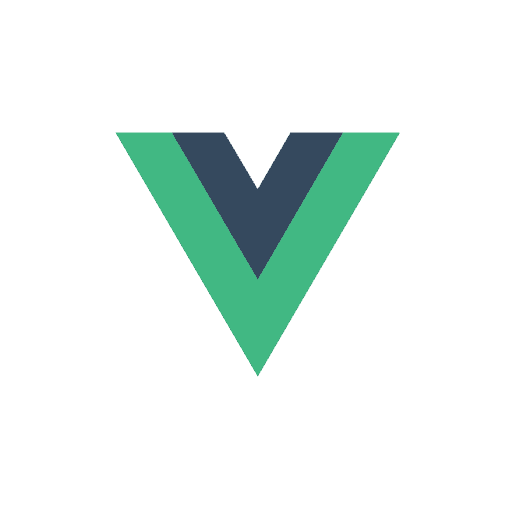The Internet of Things (IoT) is a network of interconnected devices, sensors, and systems that collect, share, and analyze data to enhance efficiency, productivity, and convenience across various industries and aspects of daily life. IoT enables a new level of connectivity and data-driven decision-making, allowing organizations and individuals to monitor, control, and automate processes in real-time.
Key Elements of IoT:
IoT technologies encompass smart sensors, actuators, and embedded systems integrated into everyday objects like home appliances, vehicles, industrial machinery, and wearable devices. These devices communicate and exchange data with other devices and platforms to optimize processes and enable new services and experiences.
Applications of IoT Across Industries:
- Manufacturing: IoT powers smart manufacturing and Industry 4.0 initiatives, enabling real-time monitoring of production lines, predictive maintenance, and efficient supply chain management.
- Healthcare: IoT facilitates remote patient monitoring, smart medical devices, and connected health systems, enabling personalized care and improved health outcomes.
- Transportation: IoT enhances fleet management, route optimization, and vehicle-to-vehicle communication, contributing to safer and more efficient transport networks.
- Smart Cities: IoT optimizes traffic flow, waste and utilities management, and public safety in smart city initiatives.
- Agriculture: IoT enables optimization of irrigation, soil and weather monitoring, and crop yield improvement through smart sensors and data analytics.
Advantages of IoT:
IoT offers improved operational efficiency, enhanced customer experiences, and new revenue streams by enabling real-time data collection and analysis. Automation and remote monitoring reduce manual labor and improve resource utilization.
Challenges and Emerging Trends in IoT:
Challenges include security and privacy concerns related to the large volume of data collected by IoT devices. Interoperability issues between different IoT platforms and devices can hinder widespread adoption. Emerging trends include AI and machine learning integration with IoT for intelligent systems, growth of 5G networks for faster connectivity, and edge computing to reduce latency.
In conclusion, IoT is transforming industries and daily life by enabling unprecedented levels of connectivity, automation, and data-driven insights that foster innovation and progress across diverse sectors. As IoT continues to evolve, it will play a crucial role in shaping the future of technology and progress.























